A simple definition of Mortar, Cement, and Concrete
Navigating the intricacies of construction materials involves grasping the distinctions between Mortar, Cement, and Concrete. These terms are often used interchangeably, leading to confusion. Let’s delve into a comprehensive understanding of each, unraveling their unique properties and applications.
Mortar: The Bonding Agent
Mortar serves as a binding material, combining cement, sand, and water. Its primary role is to bind masonry units like bricks and stones, providing cohesion and structural integrity. Mortar finds applications in various construction tasks, from bricklaying to plastering.
Cement: The Fundamental Binder
Cement, in powder form, acts as the foundational binder in construction. Produced by grinding and heating a mixture of limestone and clay, it gains adhesive properties when mixed with water. Contrary to common belief, cement is not used alone but plays a crucial role in binding materials in construction projects.
Concrete: The Versatile Composite
Concrete is a composite material, comprising cement, sand, gravel, and water. Recognized for its exceptional compression strength, concrete finds extensive applications in construction. From forming foundations to creating intricate structures, such as buildings, bridges, and highways, concrete stands as a pillar of modern construction, offering durability and adaptability.
Conclusion
In conclusion, understanding the differences between Mortar, Cement, and Concrete is important in construction. Mortar binds, cement serves as the foundational binder, and concrete, with its versatility, emerges as a resilient composite for a myriad of structural and architectural needs. Clarifying these differences ensures precise use, fostering efficient and effective construction practices.


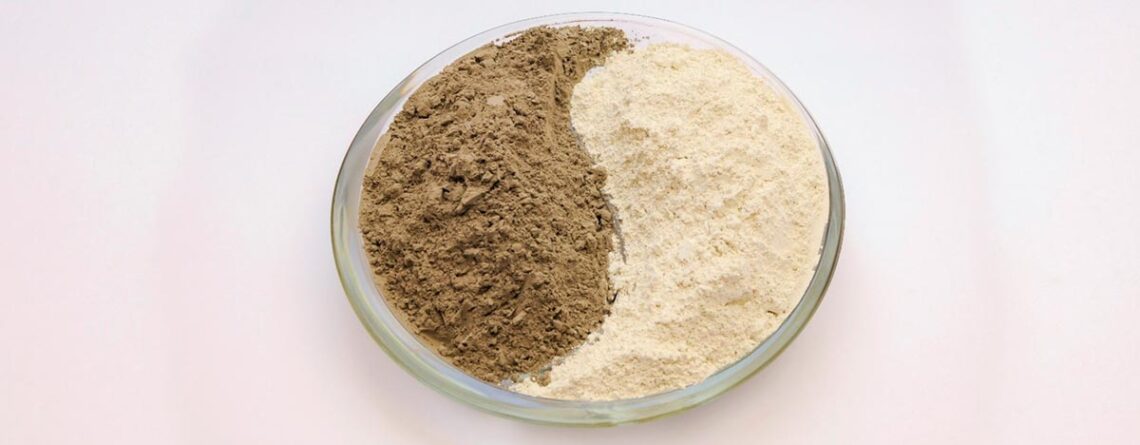
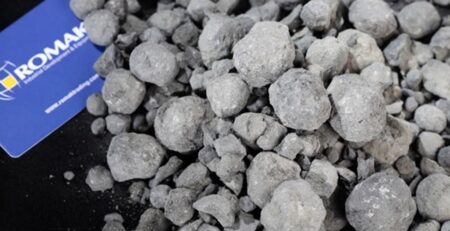
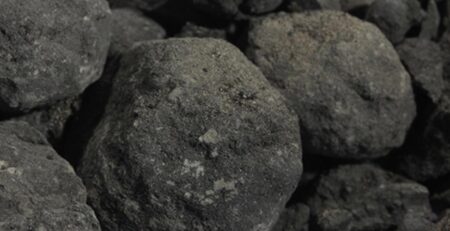


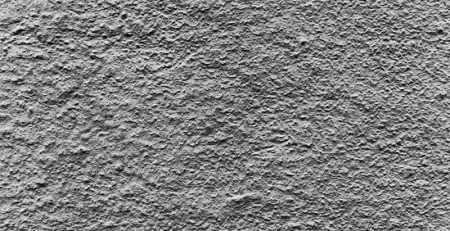
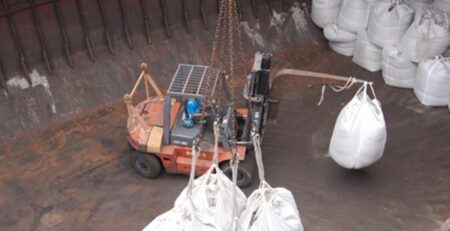
Leave a Reply
You must be logged in to post a comment.